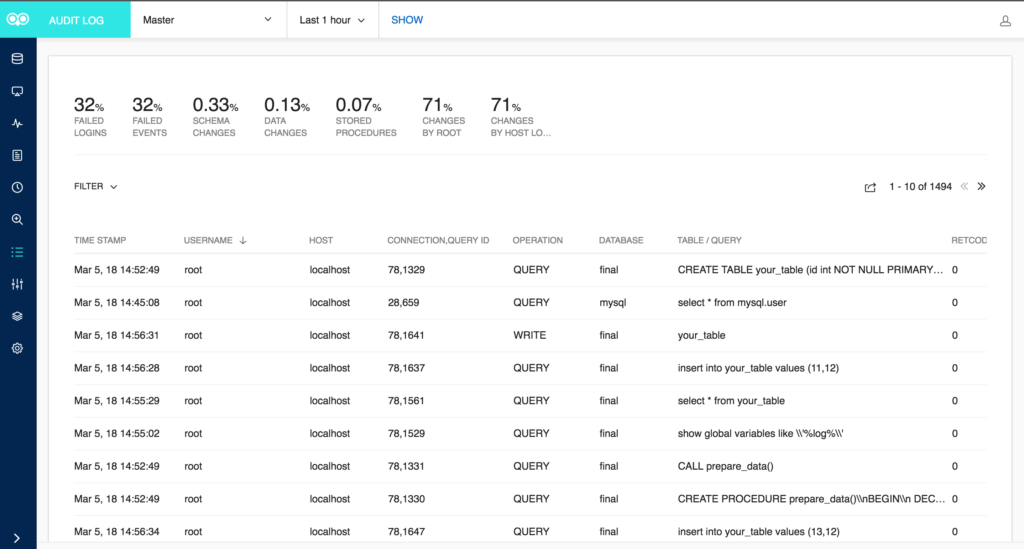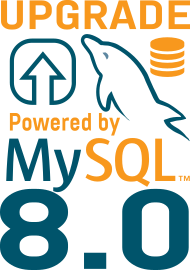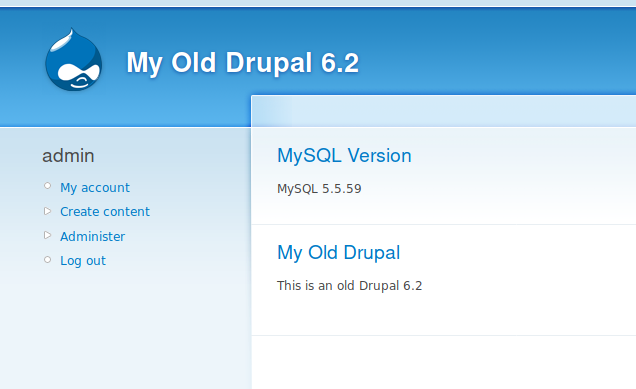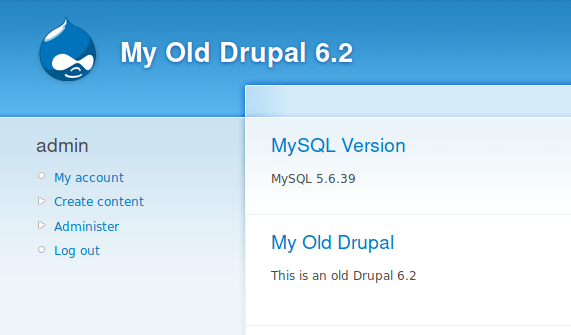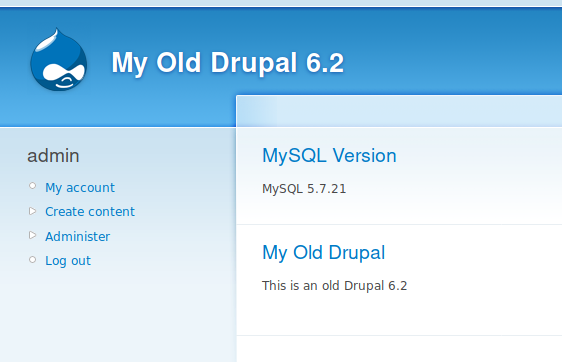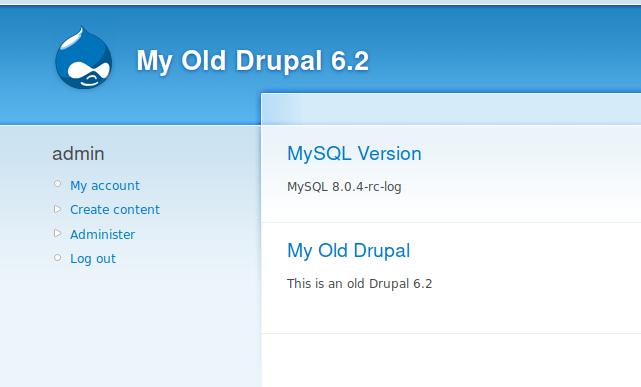The AR-15 may well be the most vilified rifle in existence at the moment, possibly even more so than the Soviet-designed AK-47. This is especially true following several incidents where bad people did bad things with the rifle in question.
As per usual following such incidents, politicians begin clamoring for the rifle to be banned. They use all kinds of rhetoric to paint the firearm as some kind of evil murder-death-kill machine that serves no other purpose except to end lives. This usually comes from the same people who claim that the most recent gunman, armed with a Glock, didn’t have a semiautomatic weapon.
Yeah.
Anyway, many of these folks–including at least one former vice president of the United States–have said that all you need for self-defense in your home is a shotgun.
Unfortunately, this just isn’t the case. The AR-15 is a great weapon for self-defense, and there are a number of reasons why. What follows is one man’s thinking on why the AR-15 is great for home defense and, in a few cases, why it’s far superior to the shotgun.
1. It’s Lightweight

The AR-15 is lightweight. Typically, a stripped down rifle weighs around six pounds or so unloaded. Ammo adds weight, of course, but it’s still not overly heavy.
With that weight comes some serious advantages. For one, it allows you to hold it up as you check out the entirety of your home to find the source of the sound of breaking glass that woke you up. Keeping a weapon at low ready requires a lot more muscle than many people think, and a lightweight rifle helps keep the muscular strain minimal.
That becomes even more important if, God forbid, you have to fire. Muscle fatigue can make your hands unsteady, which could cause you to miss your target.
Further, because of its weight, it’s light enough for almost any member of the family. In my household, my son and wife can both easily handle my AR-15. The only one who can’t is my almost 7-year-old daughter. And even then the problem isn’t the weight, but the size.
That lightweight design makes it a great choice for home defense because it doesn’t matter who needs to grab it, it’s sized about right.
2. It’s Compact

When you have to work around corners inside the average American home, the last thing you want is a long length on your weapon. A longer gun becomes unwieldy, and the AR-15 is a compact design, particularly when taken with the 16″ barrel. This allows you to move through your home without knocking stuff down and creating more problems for yourself.
Further, it’s length is often adjustable. Most AR-15s come with a collapsible stock. While these are restricted in several states, they’re legal most places and they allow you to set the length even shorter if needed. This means it’s not just compact, but adjustable as well.
3. It Has Low Recoil

The .223/5.56 round isn’t known for a hard kick. The recoil is one of the lightest out there for any weapon that’s considered sufficient for dealing with two-legged predators. This does two things.
For one, it means that you can spend more time at the range. There’s nothing worse than having plenty of ammo to shoot, but your shoulder just can’t cut it anymore. More training time means better accuracy.
Additionally, that low-recoil means it’s suited well to be used by almost any member of the family. From the kid built like an NFL linebacker I have in my house to the petite girl running around other homes, if they can hold the weapon properly, chances are they can fire it.
More than that, though, the AR-15 platform’s light recoil also allows someone to make follow-up shots quickly.
When American Rifleman spoke with former special ops sergeant major Kyle E. Lamb, he had similar things to say.
The AR is very easy to shoot. Head out to the range and test my theory. Ask anyone who wants to join in on the fun to try shooting a scored event, under pressure, with a pistol at home-defense ranges. After you see their performance, try the same with an AR, I will bet money you see much better control of the system. Men and women alike just shoot better with a carbine than with a pistol. As long as the carbine is light enough for the shooter to handle properly, the learning curve will be straight-up.
4. Versatility

The AR-15 is ideal for almost any situation, a fact Lamb also points out in his American Rifleman discussion.
The AR is unbelievably versatile, from contact shooting distances out to 300 yds., the carbine will outperform the pistol. Most of us don’t think of 300-yd. shooting as a likely home-defense scenario, and, in many areas, it wouldn’t be. But if given an option of defensive tools, and considering our country’s independent heritage and past experiences, why wouldn’t you want extended-range capabilities?
Personally, I’m inclined to agree with him. While I don’t see me having to make a 300-yard shot–after all, from my yard you can’t actually see 300 yards in pretty much any direction–that doesn’t mean no one else will. And since it’ll also work from one end of my bedroom to another…well, it’s kind of a no-brainer.
Further, if you decide to do a little varmint hunting, the AR-15 is ideal for that.
However, contrary to what many in Washington seem to think, this isn’t a particularly powerful gun. If you’re wanting to shoot something other than coyotes and similar sized critters, you need something with a little more umph. The AR-15 isn’t the cannon it’s made out to be by the press. But it will do the job in protecting your home.
5. Accuracy

The AR-15 is incredibly accurate as a platform. This is greatly important when considering self-defense in the home because rounds don’t just stop when they miss their target. They keep going, and walls aren’t enough to stop them. If you miss your target, where else can be hit?
And that’s true of any firearm, mind you. Even the shotgun runs the risk of a miss penetrating a wall and hurting someone you care about. Plus, the round is great for minimizing the threat of overpenetration. As Sheriff Jim Wilson notes:
However, for in-house use, a 55-grain soft-point load is probably the best choice in order to minimize bullet penetration. If it can be avoided, we don’t want our bullet to punch through walls, into other rooms where family members might be located. And we certainly don’t want the bullet exiting the house, or apartment, and endangering neighbors.
But the AR-platform is accurate right off the shelf, and it can be made even more accurate with practice. Really, though, most people never shoot up to the ability of their rifle, so a stock configuration is plenty for home defense. And you should be glad of it.
Remember, this is a gun that’s capable of 300-yard shots with accuracy. While you should spend some time familiarizing yourself with how you need to adjust aim for different range increments, the fact is you’ll be able to hit what you’re aiming at.
6. Ammo Capacity

But what if you do miss? Contrary to what the loudmouth on that gun forum might say, people miss in real gunfights. Days at the range are easy, low-stress days. The targets (usually) stand still, and you have all the time in the world to make your shot. Once things go sideways, however, things change. Not only are the targets moving, but they’re shooting back at you. Your blood pressure is up and your heart is pounding through your chest like it’s a demolition crew sent to clear out your rib cage for some new condos.
You’re probably going to miss a shot or two.
That means you’re going to need more ammo than one shot per bad guy. That’s something people tend to forget.
When you wake up in the middle of the night, there’s no time to grab extra ammo and stuff it in the pockets of your bathrobe or pajamas. What you have in your weapon is pretty much what you’ve got.
One of the most popular shotguns out there is the Mossberg 500. I like them. I have one. And you know what they list as the ammo capacity of a Mossberg 500? A whopping six shots. If there are three guys in your house, that’s only two shots per bad guy. Do you really want to bank on not missing that much?
Even in magazine restricted states, you get more shots with an AR-15 than you do with a shotgun.
“But the shotgun puts out a cloud of pellets. You won’t need more shots,” someone might argue. And, to a point, they’re right. A shotgun does put out a cloud of shot. A small cloud.
You see, what most people don’t understand is that a shotgun isn’t a man-portable Death Blossom waiting for you to use it. It’s basically artillery grapeshot in a smaller package. It sends out a lot of shot, but you need to hit with at least most of it to stop the threat. That means you can both hit and miss, and that means the bad guy can keep fighting.
And that’s if you don’t outright miss. Contrary to what you may have heard, it is possible to miss with a shotgun. Ask bird hunters about that sometime.
With the AR, however, you’re going to have 10 rounds at least. In free states, you get 30. And believe me, no one ever survived a gunfight and then griped about having all that extra ammo on their person. More ammo is always better.
And just like that, there are a few reasons why the AR-15 is ideal for home defense. However, this isn’t comprehensive by any means.
Nor should any of this be taken to mean that you can’t defend your home with a handgun or shotgun. You can. Plenty of people do, and like everything else in life, there are tradeoffs. However, when people claim the AR-15 isn’t useful for protecting one’s home and family, they don’t know what they’re talking about, and these are the reasons why they’re wrong. Plain and simple.
However, it’s important to remember that having a gun is just part of the equation. It’s an important part, mind you, but still just a part. You also need training and practice, and a lot of it. Don’t feel bad, I say the same thing to veterans returning from war. I write about this stuff and I’m not even close to done with training or practice. It’s an ongoing process.
Get training, get practice, and get armed. That’s the only way to keep your family safe. No matter what the local police chief says, they can’t always protect you. Only you can do that, and the AR-15 is ideal for doing so.
via Bearing Arms
6 Reasons Why The AR-15 Is Actually Ideal For Self-Defense











